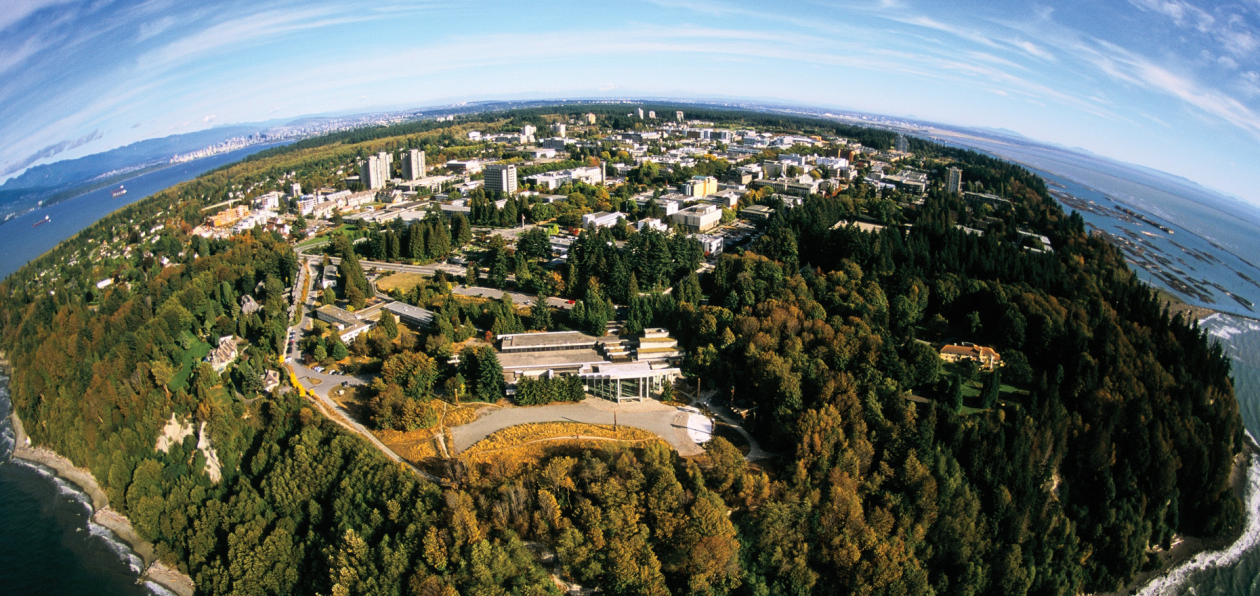Week 2 Reading Summary (September 23rd, 2015)
Physical Literacy – Chp 13, PHE Canada Article
Julie Russell, Emily Warner, Gemma Galbraith
Chapter 13 – Physical Literacy
- “The overarching characteristics of a physically literate individual are that the person moves with poise, economy and confidence in a wide variety of physically challenging situations. Furthermore the individual is perceptive to reading all aspects of the physical environment, anticipating movement needs or possibilities and responding appropriately to these with intelligence and imagination.”- Margaret Whitehead on physical literacy (241)
- This is based on PHE Canada’s ‘recommendation’ that an educator has a responsibility to the development of the whole child (fitness & skill development, cognition & affect).
- Physical literacy focuses on three domains:
- Keep in mind though, fundamental movement skills are the basic building blocks of physical literacy – once a child achieves this, you can then start to work on some of the other qualities/skills.
| Cognition | Movement | Affect |
| Knowledge | Fundamental Movements | Social Well-being |
| Beliefs, Values & Morals | Movement Combinations | Emotional Well-being |
| Decision-making | Cooperative Activities | Spiritual Well-being |
| Self-regulated and Aware | Games | Environmental Health |
| Healthy Living | Dance/Gymnastics | Culturally Responsive |
| Motivation | Alternate Activities |
- Physical literacy is a goal that is always in progress, one does not become physically literate and then stop, as there is no real end state
- Physical literacy encourages the inclusion of alternate activities. E.g. hiking, climbing, hula-hooping. An interdisciplinary approach can also be used to teach physical literacy (Science, math, history can be incorporated)
- What blocks physical literacy curriculum reform is assessment that focuses on the acquiring of techniques related to traditional sports. *See Case Study 2
- The Visual Assessment Chart (Figure 13.2) was used (and can be used) to help seasoned educators see learning beyond the more common dominant sport education. The four quadrants of the visual chart include: knowledge & understanding, communication, thinking & inquiry, application and are evaluated from Level 1 (function) to Level 4 (flow).
Putting Physical Literacy into Practice
- Almond and Whitehead suggest in their article that participation be rewarding for all participants and encourage a sense of self-realization and self-confidence, as one of the main tenants of physical literacy is making sure each student is valued as an individual.
- It should be noted that this competence is understood on a person-by-person basis and there is no universal definition of competency within physical literacy
- To first implement physical literacy in class, the teacher must be knowledgeable of their learners and be ready to work with young learners as an encouraging and nurturing model. Pedagogical skills are required of the teacher: Building trust with students, creating an exciting environment, promoting motivation on the subject.
- This function, form, feeling and flow is presented through multiliteracies/modalities (visual, audio, gestural, spatial), aimed at accounting for diversity and inclusion (local diversity and global connectedness mean there can be no standard) ex: movies, books, drama, social networking
- Teachers then must connect with students: generating enthusiasm, involving learners, focusing on individuals making progress
- Finally teachers must act by creating appropriate challenges, engaging their students, listening, and then encouraging the risks students are taking to step out of their comfort zones.
- We believe that valuing participation in purposeful physical pursuits, and experiencing this as important in their lives, is the way for people to develop and maintain a personal commitment to lifelong participation
